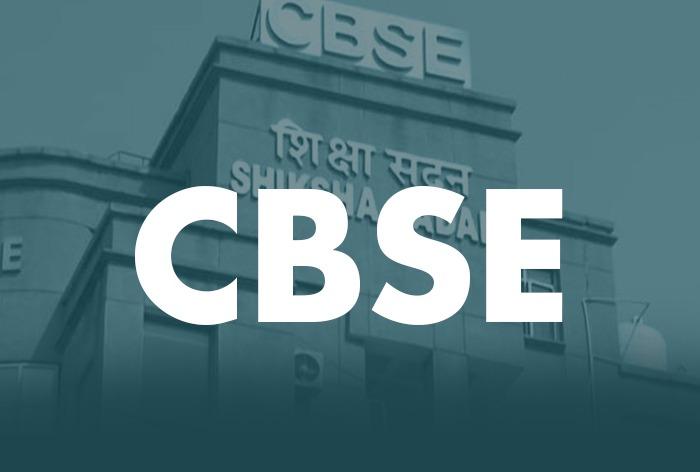CBSE Proposes New Plan For Class 10 & 12 (Indian Express)

- 01 Feb 2024
Why is it in the News?
CBSE is reported to have proposed significant changes to the academic framework for secondary and higher secondary education, including a shift from studying two languages to three in Class 10, with the requirement that at least two must be native Indian languages.
Key Highlights of the Proposal:
Proposed Changes for Class 10:
- Transition from studying two languages to three, with a stipulation that at least two must be native Indian languages.
- Potential requirement for students to pass in 10 subjects, contrasting with the current mandate of five.
Proposed Changes for Class 12:
- Shift to studying two languages instead of one, with the condition that at least one must be a native Indian language.
- Introduction of a necessity to clear examinations in six subjects for high school graduation, up from the existing requirement of five.
The objective behind the Proposed Changes:
- These modifications are part of CBSE's broader initiative to implement a national credit framework in school education, addressing the absence of a formalized credit system in the standard curriculum.
Academic Year and National Learning Hours:
- According to the CBSE plan, an academic year will comprise 1200 notional learning hours, equivalent to earning 40 credits.
- Notional learning denotes the specified time required for an average student to achieve set outcomes.
- This encompasses both academic learning at school and non-academic or experiential learning outside of it.
Storage of Earned Credits:
- The scheme of studies has been adjusted to outline teaching hours and credits earned for each subject.
- These earned credits will be digitally stored in the Academic Bank of Credits, accessible through a linked Digilocker account.
What is the National Credit Framework (NCrF)?
- The draft NCrF was introduced by the Union Ministry of Education (MoE) in 2022, based on recommendations from an inter-ministerial committee.
- It serves as a guideline for schools, colleges, and universities to adopt the credit system, marking the inclusion of the entire school education system under its purview.
- Previously, only the National Institute of Open Schooling (NIOS) followed a credit system, but the NCrF extended its coverage to include skill and vocational education.
Proposed Benefits of NCrF for Various Stakeholders:
- Students:
- Facilitates multidisciplinary education with flexible curricula.
- Eliminates distinctions between different streams like arts, science, social sciences, and commerce.
- Rewards students with credits for academic, skill, and experiential learning.
- Expands core learning to encompass both foundational and cognitive aspects.
- Institutions:
- Fosters collaboration between institutions.
- Simplifies and standardizes credit mechanisms.
- Emphasizes research and innovation.
- Utilizes institutional infrastructure efficiently.
- Government:
- Expected to increase student enrollment rates.
- Complements India's demographic dividend, aiming to become the Skill Capital of the World.
- Industry:
- Enables students to acquire NSQF-approved foundational skills from the industry, enhancing employability.
- Allows for quick educational upgradation and up-skilling through micro-credentials.
Significance of NCrF:
- Aligns with the vision of the National Education Policy (NEP) 2020 by integrating academic and vocational domains for flexibility and mobility.
- Facilitates re-entry into the education system for students who have dropped out.
- Promotes Recognition of Prior Learning, acknowledging skills acquired informally through various means.
